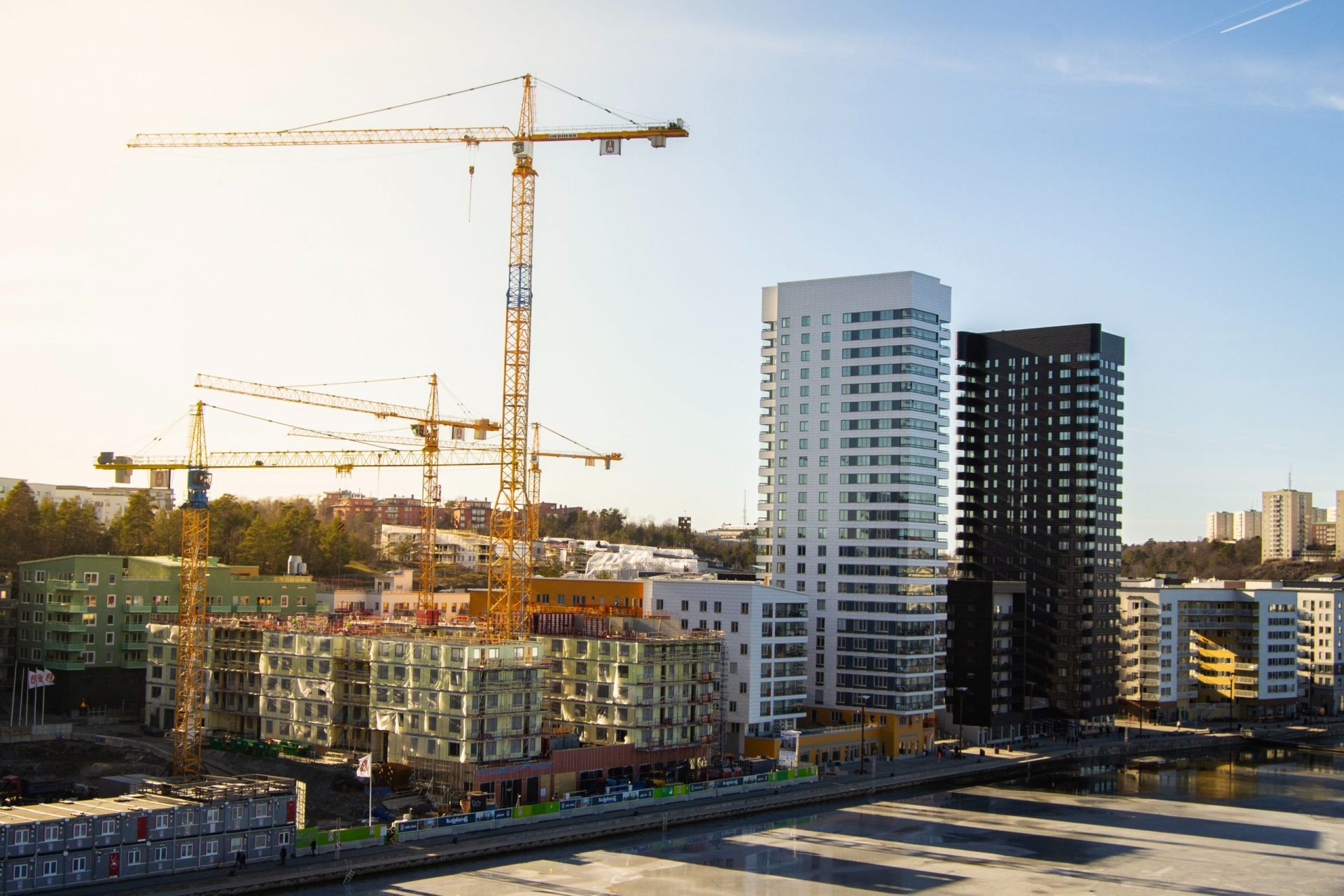In NSW, a development may or may not require consent, depending on the conditions in an environmental planning instrument. Developments which do not require consents are usually very low impact developments and are referred to as exempt developments.
This article focuses on developments which require consents and that include complying developments, state-significant developments as well as day-to-day small to large scale non-exempted developments from erection of new houses to multi-storey buildings.
What is a development consent?
Development consents are permissions granted by relevant consent authorities (such as local councils) to applicants to perform developments on land. Developments generally include the use of land, the subdivision of land, the erection of a building, the carrying out of a work and the demolition of a building or work.
Development consents are usually granted subject to conditions and only granted if the applications for development satisfy the applicable environmental planning instruments conditions and codes and other legal and statutory requirements.
When will a development consent lapse?
A development consent must be activated before the lapsing date. A development consent not activated in time will lapse. Once lapsed, a development consent cannot be revived.
When the development consent lapses will depend on the specific conditions in the development consent as determined by the consent authority in accordance with s4.53 the Environmental Planning and Assessment Act 1979 (NSW) (EPA). The maximum period is however 5 years.
In addition, consent authorities may impose deferred commencement conditions on the development consent. These conditions must be satisfied within specified time frames. If not satisfied, the consent will lapse. A development consent cannot be activated before the deferred commencement conditions are satisfied.
How to activate a development consent
Activating a development consent requires building, engineering and/or construction works to have physically commenced on the land. The works must be in furtherance of the development, not just any works.
Examples of works which would demonstrate physical commencement include:
- demolition of a structure;
- laying a slab or foundation for a building; or
- excavation works;
but only if those works are necessary to carry out the development described in the development consent.
In other words, demolishing a structure, laying a slab or digging a hole will not constitute physical commencement if the specific works carried out are not required or necessary under the development consent.
Excluded works
There are some specific kinds of works which no longer constitute physical commencement under s124AA of the Environmental Planning and Assessment Regulation 2000 (NSW). Those works are:
- creating a bore hole for soil testing,
- removing water or soil for testing,
- carrying out survey work, including the placing of pegs or other survey equipment,
- acoustic testing,
- removing vegetation as an ancillary activity,
- marking the ground to indicate how land is to be developed.
Carrying out any of the above works will not be sufficient to show that the works have physically commenced and will not prevent a development consent from lapsing.
If you would like to discuss this article or its implications for your project or development, please contact our Property and Real Estate Projects Partner, Mike Ellis, Senior Associate, Yanlie Leung or our Senior Legal Consultant, Petar Vladeta.
The contents of this publication do not constitute legal advice and are for general information purposes only. You should seek legal advice regarding your particular circumstances.

